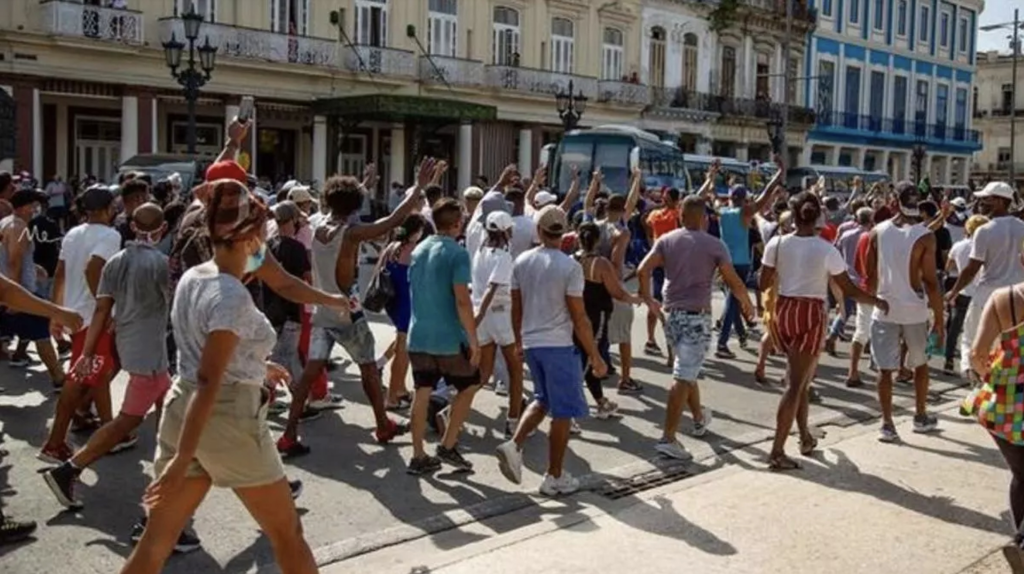Initially, the so-called dissidents or civic activists seem to be acting alone

14ymedio, Ariel Hidalgo, Miami, 6 July 2024 — The stages of peaceful resistance to totalitarian rule vary from country to country. However, by analyzing liberation movements we can identify common characteristics because, in every case except that of Yugoslavia, there was a centralized economy in which the state held the reins of economic production. This required the creation of a huge bureaucracy that had no real interest in producing things and was incapable of effectively controlling the process. This led to structural economic crises, which led to public discontent.
In the first stage, dissident groups can expect only minimal support from the public. For the most part, the so-called dissidents or civic activists seem to be acting alone. They are, as Vaclav Havel would say, “generals without soldiers.” However, they represent a large silent majority afraid to say publicly what the dissidents are saying. During this period, the vast majority might participate in massive public rallies in support of the government or even join organized mobs besieging the homes of dissidents in public acts of repudiation.
The main task for dissidents at the beginning of their struggle is to denounce the violations perpetrated by the regime as defined in the Universal Declaration of Human Rights or the Helsinki Accords. However, it later becomes clear that, rather than just denouncing the oppressors’ violations, it is more important to create an awareness of human rights in the minds of the oppressed. This is the first step in the peaceful struggle against a totalitarian regime, to create in the public’s mind an awareness of civil rights, not just because these rights have been proscribed but because they, the people, are entitled to them as human beings.
The main task for dissidents at the beginning of their struggle is to denounce the violations perpetrated by the regime
Dissidents also begin circulating leaflets or clandestine statements. They then move on to staging lightning-strike demonstrations, though not often and usually with no more than twenty or thirty people. Curious onlookers take note but are not willing to participate and the demonstrations usually end in arrests a short time later.
Little by little, the public begins to become aware of the dissidents’ existence (or in the case of Cuba, of “the human rights people”) — usually through shortwave foreign radio transmissions — and the concept of human rights. One could say this is the beginning of the second stage.
In this period, when someone becomes the object of abuse by authorities, there are often accusations of human rights violations or, in the case of some eastern European countries, of the Helsinki Accords. This is a sign that what the dissidents have been preaching is beginning to sink in. A larger number of peo


